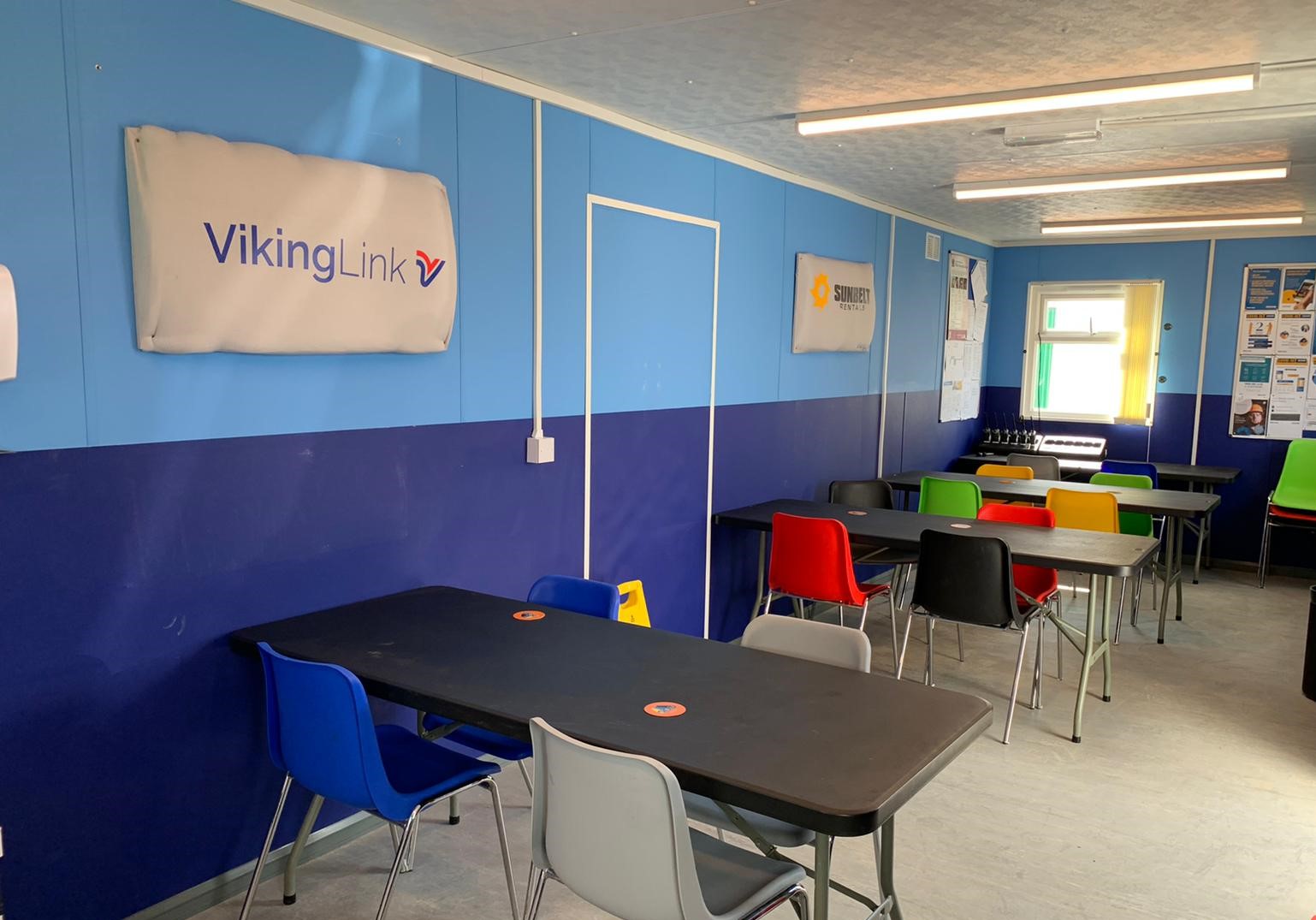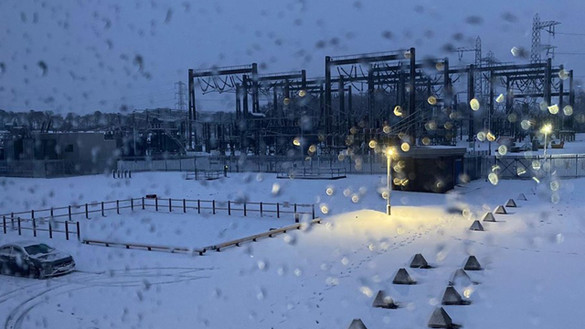
Construction’s first neurodiverse AND sustainable cabin sets the tone for our future
Inclusion and sustainability are both key to our commitments at National Grid and one of our most exciting developments in the past year has been the P1 Compound; a pilot project to introduce a variety of neurodiverse and sustainable elements into construction site cabins.
Located near Alford in Lincolnshire, the P1 Compound is part of our Viking Link subsea interconnector project in conjunction with Balfour Beatty.
This construction site cabin is designed to incorporate numerous elements catering to neurodiverse individuals, while also using a variety of sustainable materials and processes. The idea behind this was to discover which of these elements were most beneficial and then carry them forward into the design of future compound mobilisations.
In this video, Viking Link Project Manager Scott Williams takes us on a tour of the compound’s various elements and explains their purposes.
Neurodiversity: Creating a more inclusive working atmosphere
For neurodivergent individuals, being under- or over-stimulated can be problematic, so the aspects that will be incorporated in the design of our next welfare office had been shown to aid focus and concentration.
1. Acoustic panels: to reduce echo and absorb sound reflection.
2. Dimmable lights: to allow easy control of lighting levels.
3. Considerate fabrics on furniture: taking into account those with sensory processing disorders, who may encounter issues with touching certain textures or types of fabric.
4. Colour changes to walls: light pastel colours give balance, avoiding a stark white surrounding and light reflection.
5. Use of digital technology: to reduce the amount of materials on the cabin walls – helping to reduce over-stimulation and/or confusion.
A cabin designed to maximise sustainability
The sustainable aspects of the P1 compound have made it a first for the construction industry.
Designed to significantly reduce energy loss, harvest rainwater and much more, these 'B rated cabins' are key to the future of sustainable construction.
These are just some of the sustainable elements the Viking Link project will be taking forward and incorporating in the mobilisation of its next site office:
1. Water harvesting system
Water harvesting is the future in reducing the environmental impact of processes involved with the Engineering and construction industry. This system overall will not only reduce our environmental impact, but also our project costs.
Rainwater is harvested using the unit’s guttering system, which supplies the cisterns of the toilets within our temporary welfare setups.
2. Econet energy management system
This state of the art technology controls the power consumption to reduce energy outputs from key appliances in the cabins and reduces carbon emissions across the construction site by up to 80%.
It ensures that power is not being wasted by keeping demand below a set threshold and will prevent the need for any additional fuels other than solar.
3. Recycled plastic lumber
100% recycled plastic manufactured from UK generated waste plastic that would otherwise be destined for burial in landfill. For every 1 tonne of lumber, an estimated 700kg (70%) of carbon is diverted from landfill.
If we use this lumber in each compound on the Viking Link Project, we could save around 120 tonnes of CO2, which is enough carbon to run approximately 45 houses for an entire year.*
4. Ecodeck grids
These permeable paving grids are manufactured using locally generated plastic waste that would otherwise be destined for burial in landfill, such as bottle lids, old bins, reclaimed underground piping and more.
The grids greatly reduce our carbon impact by replacing traditional materials such as tarmac and concrete.
5. Cardboard desks
These desks are produced from already recycled materials and reduce the impact of temporary offices on landfill by providing a completely recyclable option.
Each desk boasts an approximate 38kg of CO2 saving compared to traditional melamine faced chipboard and steel products.
*Based on a reuse of a minimum three times compared to traditional timber products


